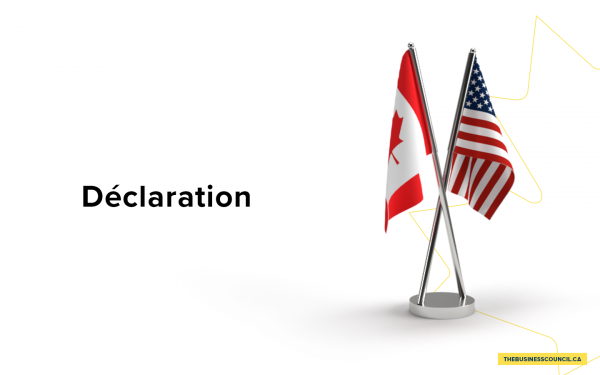Le centre de CAE maintenant ouvert pour l’administration des vaccins contre la COVID-19
Marc Parent fait les louanges de la collaboration entre l’industrie et le gouvernement pour accélérer le déploiement du vaccin. Dans l’annonce par CAE de l’ouverture officielle du premier centre de vaccination en milieu de travail au Québec, il a également reconnu l’impact que cela aura pour sauver des vies et sur la reprise économique.
<< Il s’agit d’un effort collectif qui permettra de sauver des vies, d’accélérer la reprise économique et de retourner en toute sécurité à la vie normale. >>
Marc Parent, président et chef de la direction, CAE








